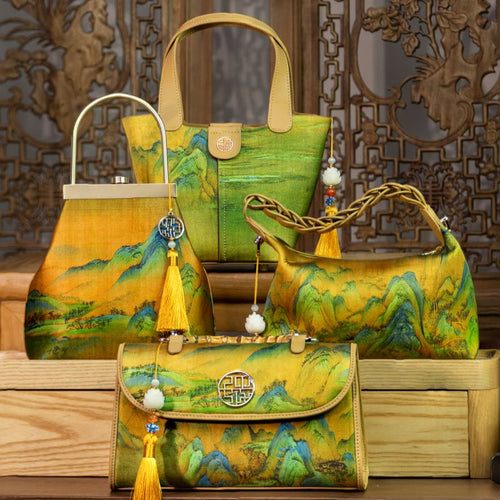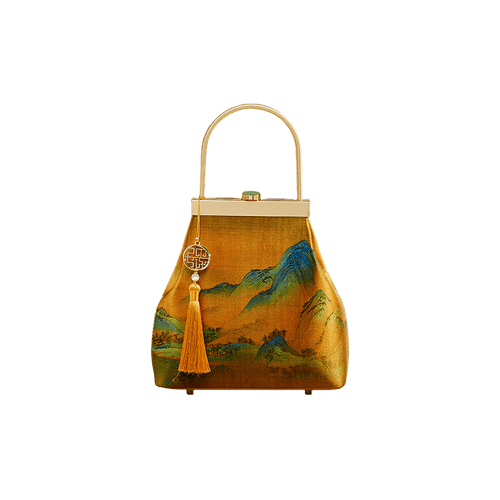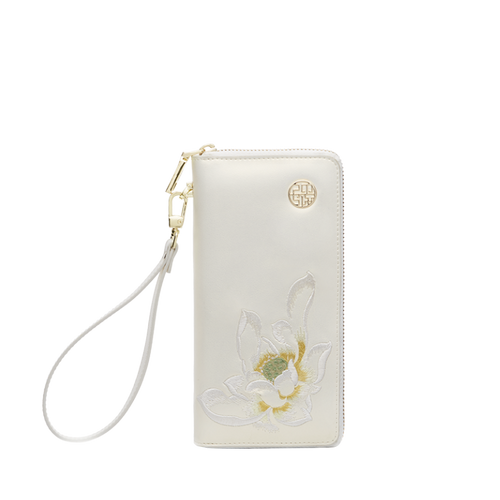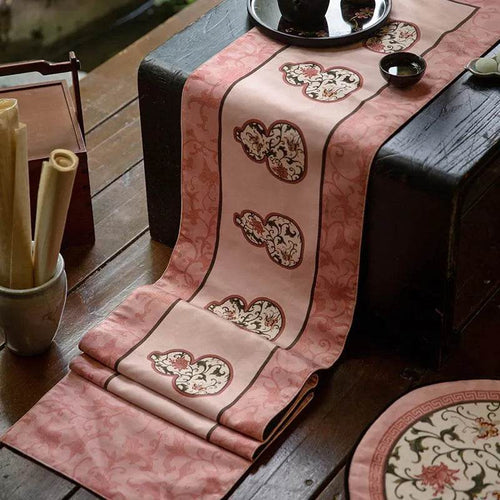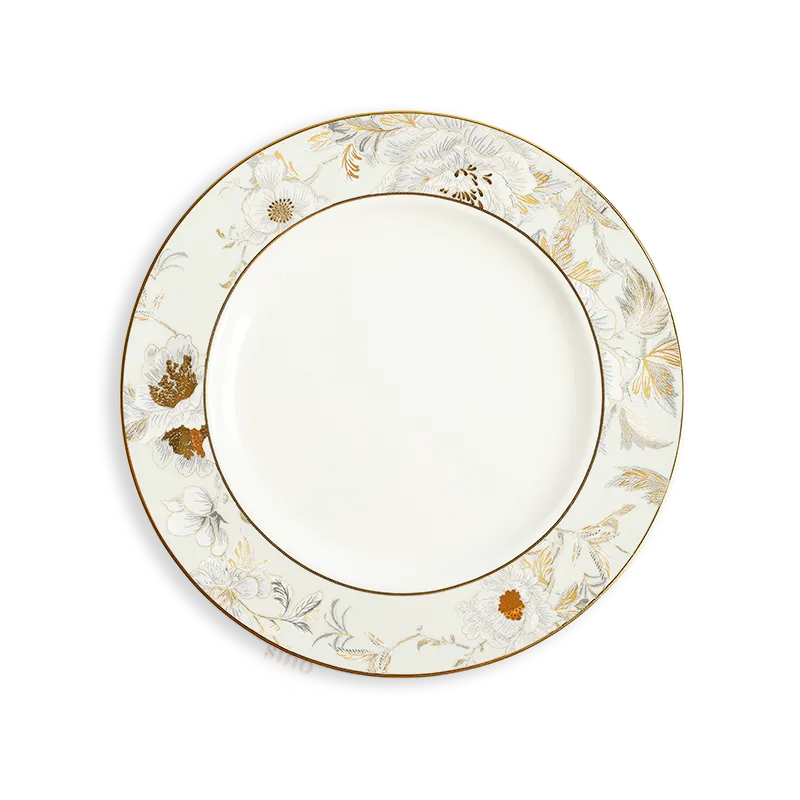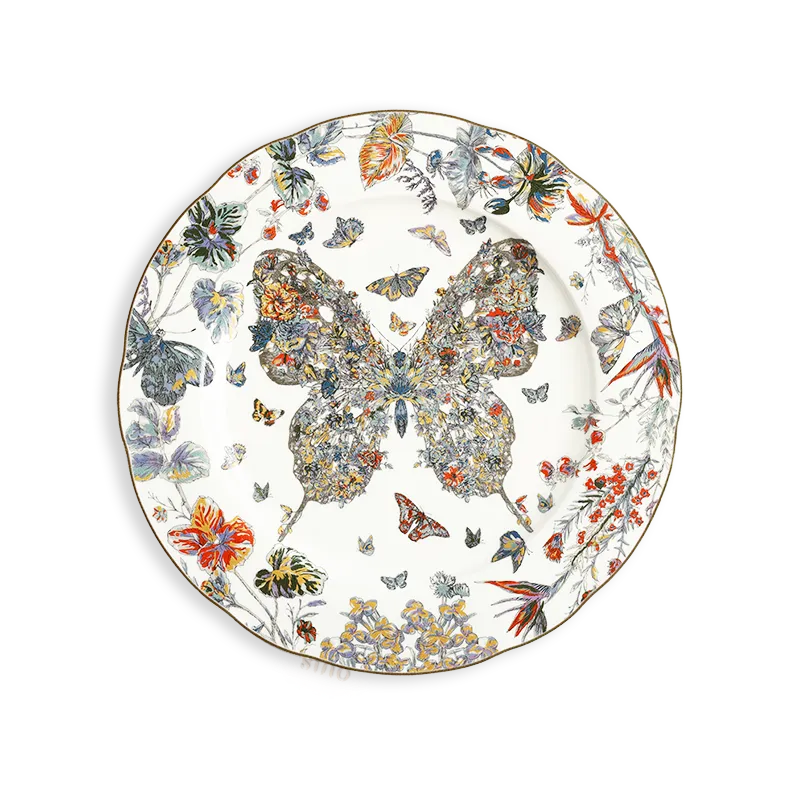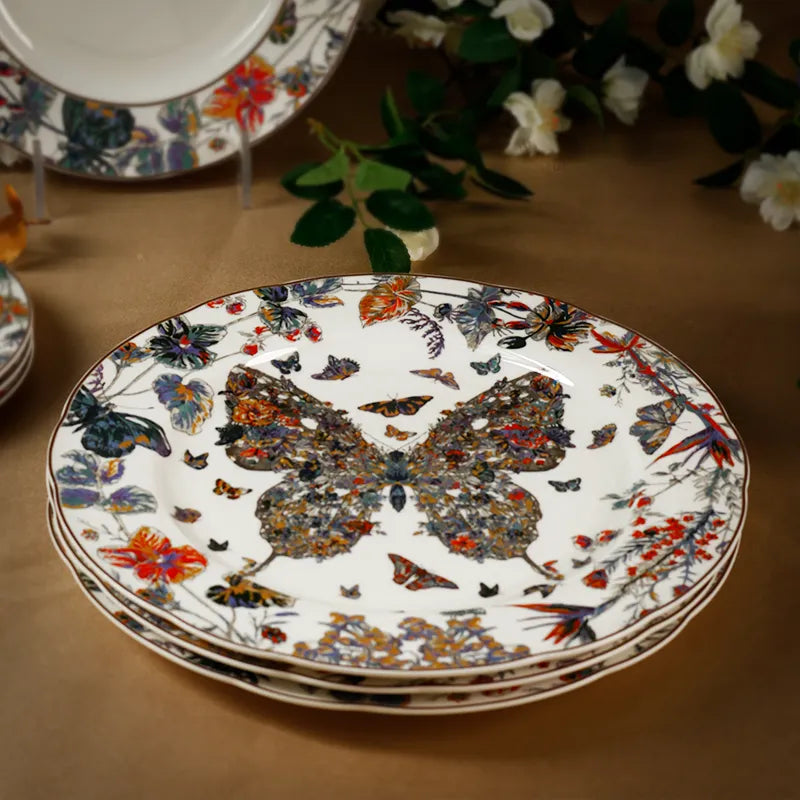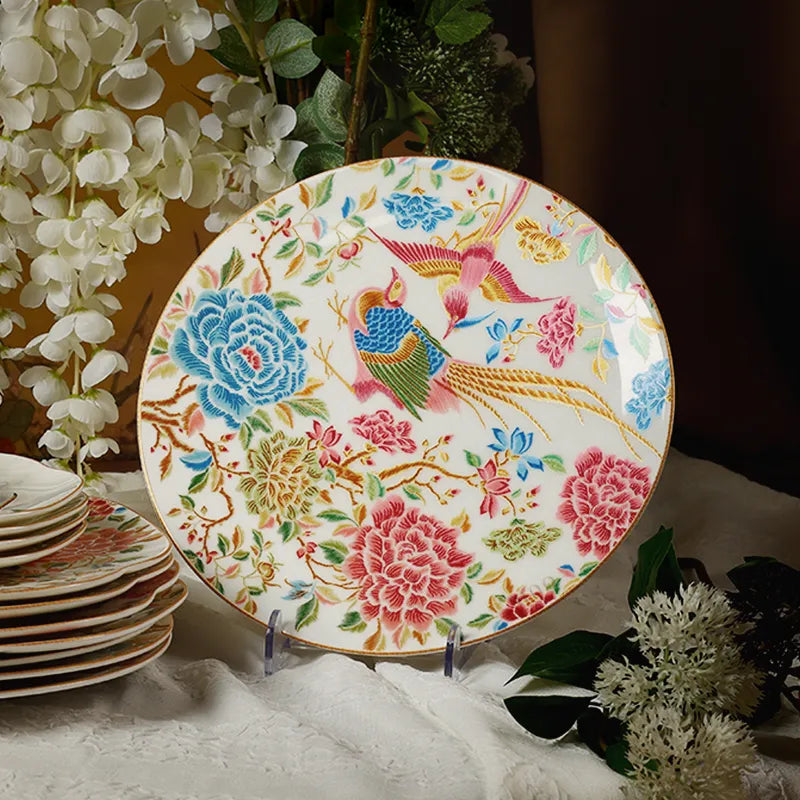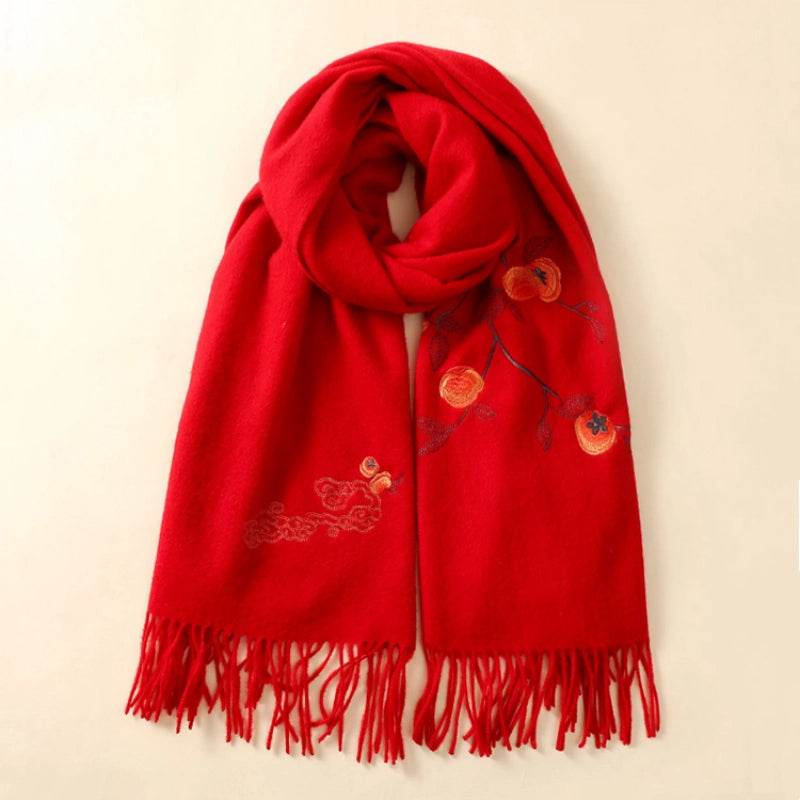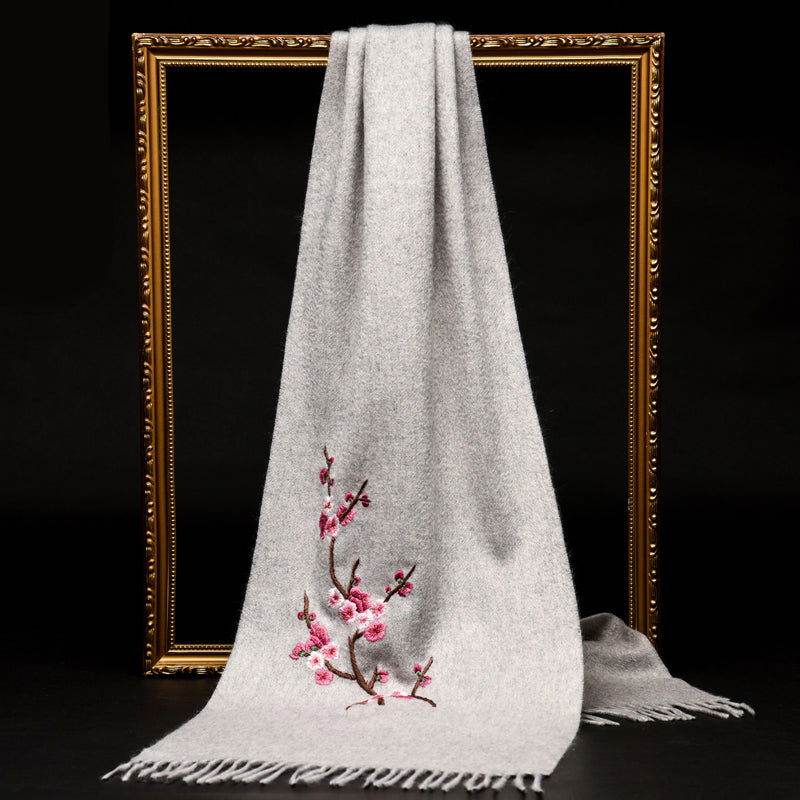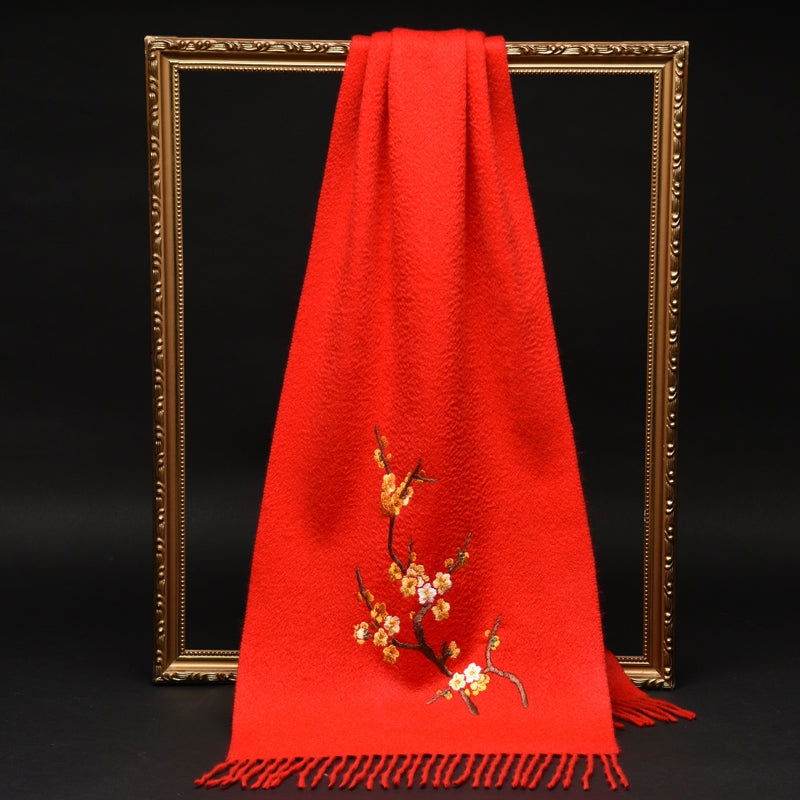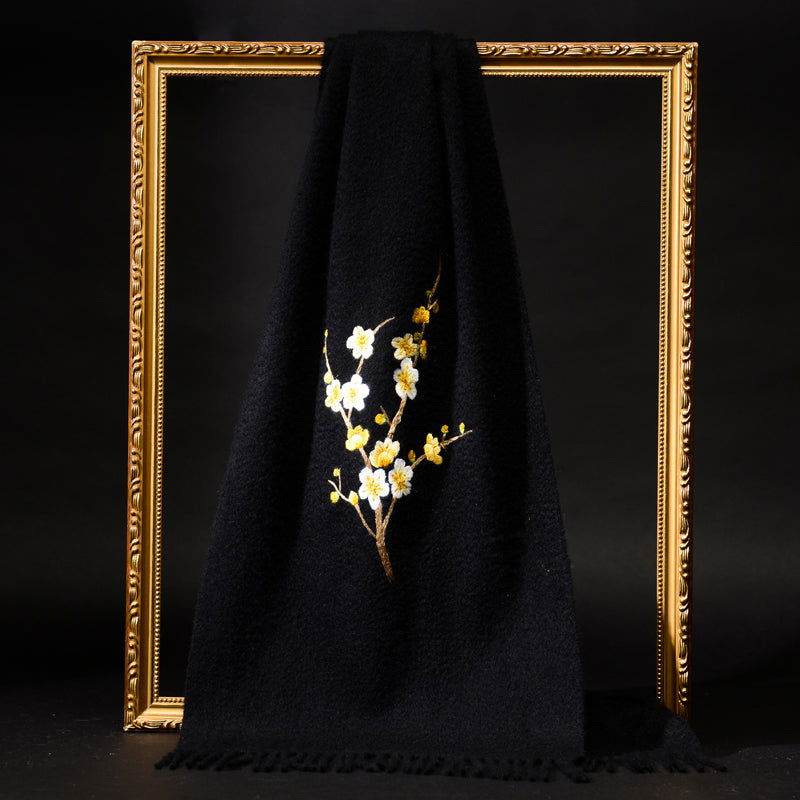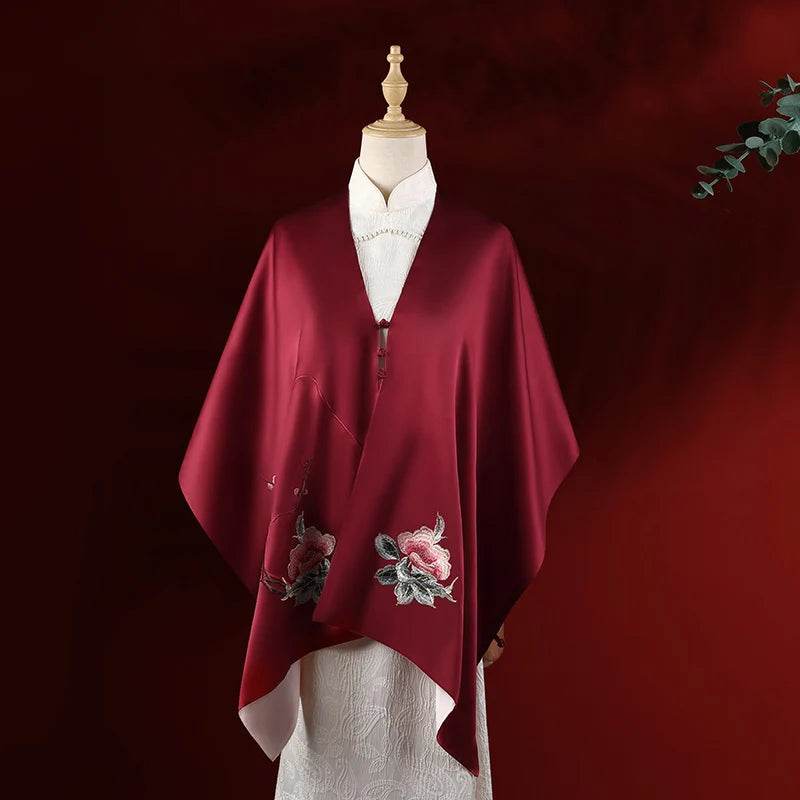Chinese New Year (Spring Festival) is not just a time for homebound family reunions. It heralds a season of vibrant cultural outings that bring communities together to revel in the festive spirit. From the bustling Temple Fairs (Miaohui) to the enchanting Ice and Snow Festivals in northern China, these public celebrations showcase the diversity and richness of Chinese traditions.

As we approach the Year of the Horse (2026), let us delve into the cultural significance, unique activities, and the joy these New Year outings bring to participants.
Looking for Chinese new year gifts? Explore our collection: Chinese New Year Gifts 2026:Year of the Horse Lucky Ideas|SinoCultural
Table of Contents
- Temple Fairs (Miaohui): Tradition & Festivity
- New Year Worship: Ancestors & Blessings
- Ice & Snow Festivals: Winter Wonderland
- Quick Guide: Temple Fairs vs. Ice Festivals
- FAQ: Cultural Outings
1.Temple Fairs (Miaohui): A Hub of Tradition and Festivity
Temple fairs, known in Chinese as Miaohui (庙会), are among the most iconic and popular outings during Chinese New Year. Dating back over a thousand years to the Tang and Song dynasties, these gatherings originally served religious purposes around temples. Over time, they evolved into multifaceted events blending spiritual practices with folk entertainment, commerce, and cultural activities.
Best Places to Experience Temple Fairs
-
Beijing: Ditan Park (Temple of Earth) and Longtan Park.
-
Guangzhou: Yuexiu Park Flower Fair.
-
Chengdu: Wuhou Shrine Temple Fair.

Cultural and Spiritual Ambiance
Temple fairs are often held in or near ancient temples (such as Ditan Park in Beijing). Visitors come to offer prayers, burn incense, and make wishes for health, prosperity, and happiness in the coming year.
-
The Atmosphere: Temples adorned with red lanterns, couplets, and auspicious symbols create a serene yet festive ambiance. These acts of worship provide a rare opportunity for reflection and connection with cultural heritage amidst the noise of the modern world.
Folk Performances and Entertainment
The fairs are alive with the sound of drums and gongs.
-
Traditional Arts: Visitors can witness breathtaking Lion Dances, Dragon Dances, acrobatics, and Peking Opera.

-
Artisan Crafts: Folk artisans showcase traditional crafts that are rarely seen today, such as Sugar Painting (molten sugar drawn into animal shapes), Paper Cutting, and intricate Clay Figurines.
-
For Children: Interactive activities and traditional games offer endless delight, bridging the generational gap.

Culinary Delights: A Feast for the Senses
No temple fair is complete without a feast of traditional street food. Stalls sell delicacies that define the taste of the New Year:
-
Tanghulu: Candied hawthorn skewers, symbolizing happiness and togetherness.
-
Mahua: Fried dough twists.
-
Steamed Buns & Dumplings(Jiao Zi): Foods with symbolic meanings that add a flavorful dimension to the festive experience.

2. New Year Worship: Honoring Ancestors and Seeking Blessings
Temple fairs bring a sense of communal celebration, but the tradition of New Year Worship is deeply personal. It involves visiting temples, ancestral halls, or sacred sites to honor ancestors and seek blessings for the Year of the Horse (2026).
Ancestral Worship: The Roots of Filial Piety
For those who follow traditional customs, ancestral worship is an integral part of Chinese New Year. Families visit ancestral graves or halls to make offerings of food, wine, and incense, expressing gratitude and filial piety.
-
Significance: This practice reinforces family bonds and ensures a sense of continuity between past, present, and future generations. It reminds participants of their roots, fostering a sense of gratitude and purpose as they embark on a new chapter.

Praying for the New Year
Moreover, many families begin the new year with a trip to a temple.
-
The First Incense: Popular temples often see long lines of devotees eager to light the "first incense stick" at the stroke of midnight or during the early days of the new year.
-
Community Blessings: Some regions host large-scale ceremonies to invoke blessings for the community, blending solemn rituals with festive elements to create a unique atmosphere of reverence and joy.

3. Ice and Snow Festivals in Northern China
For those in the northern regions of China, New Year outings take on a different, crystalline beauty. Visits to spectacular Ice and Snow Festivals showcase the breathtaking artistry of winter.
Harbin International Ice and Snow Festival
The Harbin Ice and Snow Festival, held in Heilongjiang Province, is the most famous of its kind.
-
A Winter Wonderland: This annual event transforms Harbin into a glittering world, featuring enormous ice sculptures, illuminated castles, and intricate snow carvings.
-
Visual Spectacle: Visitors can stroll through vast ice palaces or marvel at sculptures depicting everything from mythical creatures to world landmarks. At night, colorful LED lights embedded in the ice create a magical, neon atmosphere.

Snow Sports and Activities
In addition to the artistic displays, northern regions host various snow sports:
-
Activities: Ice skating on frozen lakes, sledding, and snow tubing.
-
Modern Tradition: These outings provide families with opportunities for fun and bonding while embracing the beauty of winter. It represents a unique aspect of Chinese New Year celebrations, combining traditional themes with modern creativity and innovation..

4. Comparison: Temple Fairs vs. Ice Festivals
(A quick guide to help you choose your New Year experience)
Conclusion: A Kaleidoscope of Joy and Tradition
New Year outings during the Chinese New Year period are a testament to the richness and diversity of Chinese culture. From the bustling energy of temple fairs to the icy brilliance of northern snow festivals, these activities offer something for everyone.
These outings are more than just entertainment—they are opportunities to connect with cultural heritage, strengthen bonds with loved ones, and embrace the spirit of renewal and hope that defines the Spring Festival. As people gather to celebrate in temples, parks, and snowy landscapes, they carry forward traditions that have been cherished for centuries, ensuring their vitality for generations to come.
Frequently Asked Questions (FAQ)
Q: What do people do at a Chinese Temple Fair?
A: People watch folk performances (like dragon dances), eat traditional snacks (like Tanghulu), buy handicrafts (sugar paintings), and pray for blessings in the temple.
Q: Why is ancestral worship important during Chinese New Year?
A: It expresses filial piety (respect for parents and ancestors) and connects the living with their heritage, ensuring blessings and continuity for the family.
Q: When is the best time to visit the Harbin Ice Festival?
A: The best time is from early January to late February, coinciding with the Chinese New Year holiday, when the sculptures are fully lit and the festive atmosphere is at its peak.


